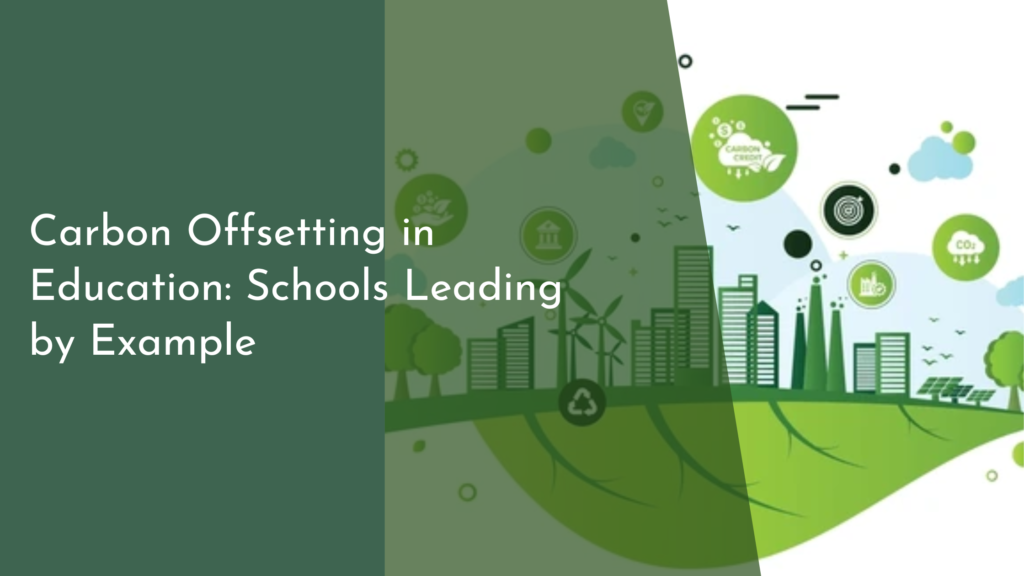Urban Biodiversity Offsetting: Opportunities and Challenges
Urban biodiversity offsetting is becoming an influential strategy as cities grapple with the challenges of rapid urbanization and environmental degradation. This innovative approach aims to compensate for biodiversity loss resulting from urban development by enhancing and protecting natural habitats within urban areas. As cities grow, the need for sustainable practices that promote ecological balance becomes paramount. Urban biodiversity offsetting, therefore, presents an exciting opportunity to foster a harmonious relationship between nature and urban life, potentially transforming our cities into greener, more sustainable environments.
The concept of urban biodiversity offsetting invites stakeholders—developers, policymakers, and communities—to rethink the relationship between urbanization and biodiversity preservation. By integrating ecological considerations into urban planning, cities can not only address the challenges associated with habitat loss but also create vibrant spaces that benefit both people and wildlife. This article delves into the opportunities presented by urban biodiversity offsetting, the benefits of integrating nature into our cities, the challenges posed by urban complexity, and the collaborative solutions that can help engage communities in this vital endeavor.
Exploring Urban Biodiversity Offsetting: A Bright Future Ahead
Urban biodiversity offsetting offers a promising pathway toward sustainable urban development. As cities expand and encroach upon natural habitats, the need to mitigate biodiversity loss becomes pressing. Offsetting initiatives aim to create or enhance green spaces and ecological corridors within urban landscapes, ensuring that the ecological footprint of development is minimized. By implementing biodiversity offsetting practices, cities can regain and even improve their ecological integrity, fostering a future where urban living coexists harmoniously with nature.
Moreover, the growing awareness of climate change and its impact on urban environments has spurred interest in biodiversity offsetting. Initiatives designed to restore and maintain urban ecosystems can help combat the urban heat island effect, improve air and water quality, and promote resilience against extreme weather. This shift towards a greener urban paradigm signifies a bright future, where urban biodiversity offsetting not only addresses environmental concerns but also enhances the overall quality of life for residents.
Benefits of Urban Biodiversity: Nature in Our Cities
The incorporation of biodiversity into urban planning yields numerous benefits, creating healthier and more aesthetically pleasing urban environments. Green spaces, such as parks, community gardens, and green roofs, provide essential habitats for various species while enhancing urban aesthetics. These natural spaces improve residents’ well-being by offering recreational opportunities, reducing stress, and promoting physical activity. Moreover, they contribute to mental health, fostering a sense of connection and community among urban dwellers.
Additionally, urban biodiversity plays a critical role in regulating the urban ecosystem. Plants and trees help filter pollutants, mitigate stormwater runoff, and provide essential services such as pollination and pest control. By investing in urban biodiversity, cities can become more resilient to environmental stresses and better equipped to adapt to climate change. The benefits of a biodiverse urban environment extend beyond ecology; they create a richer and more vibrant urban life that nurtures both people and wildlife.
Challenges in Offsetting: Navigating Urban Complexity
While urban biodiversity offsetting presents exciting opportunities, it is not without its challenges. One major hurdle is the complex nature of urban ecosystems, where interactions among species, habitat requirements, and urban stressors can vary widely. This complexity makes it challenging to create effective biodiversity offset programs that truly compensate for lost habitats. Additionally, the fragmented nature of urban landscapes can hinder the establishment of cohesive green corridors, limiting wildlife movement and reducing the effectiveness of offset initiatives.
Another challenge lies in the balancing act between development and conservation. Developers often prioritize economic gains, and without strong regulatory frameworks, biodiversity can be overlooked in favor of short-term profits. This tension between urban growth and ecological preservation necessitates a paradigm shift in how cities approach planning and development. Addressing these challenges requires a comprehensive understanding of urban ecosystems and a commitment to integrating biodiversity considerations into all aspects of urban planning.
Collaborative Solutions: Engaging Communities for Success
Engaging communities in urban biodiversity offsetting efforts is vital for their success. Local residents often have valuable insights into their environment and can contribute to the design and implementation of biodiversity initiatives. By fostering a sense of ownership and stewardship among community members, cities can ensure that biodiversity offsetting projects are sustainable and effective. Participation can range from volunteering in restoration efforts to providing feedback on proposed developments, strengthening the bond between people and nature.
Furthermore, collaboration between various stakeholders—such as local governments, non-profit organizations, and businesses—can enhance the effectiveness of urban biodiversity offsetting. By pooling resources and expertise, these entities can create a more unified approach to urban planning that prioritizes biodiversity. Educational campaigns that raise awareness about the benefits of urban biodiversity and the importance of protecting natural habitats can also inspire community involvement and support for offset initiatives. Together, these collaborative solutions can pave the way for a brighter, greener urban future.
Urban biodiversity offsetting embodies a proactive approach to addressing the environmental challenges posed by urbanization. By recognizing the unique opportunities that urban ecosystems present, cities can harness the benefits of biodiversity to create healthier, more vibrant communities. While challenges remain in navigating the complexities of urban environments, collaboration among stakeholders and active community engagement can lead to innovative solutions. As we work towards integrating nature into our cities, the vision of a biodiverse urban landscape becomes increasingly attainable, offering hope for a more sustainable and harmonious future.

